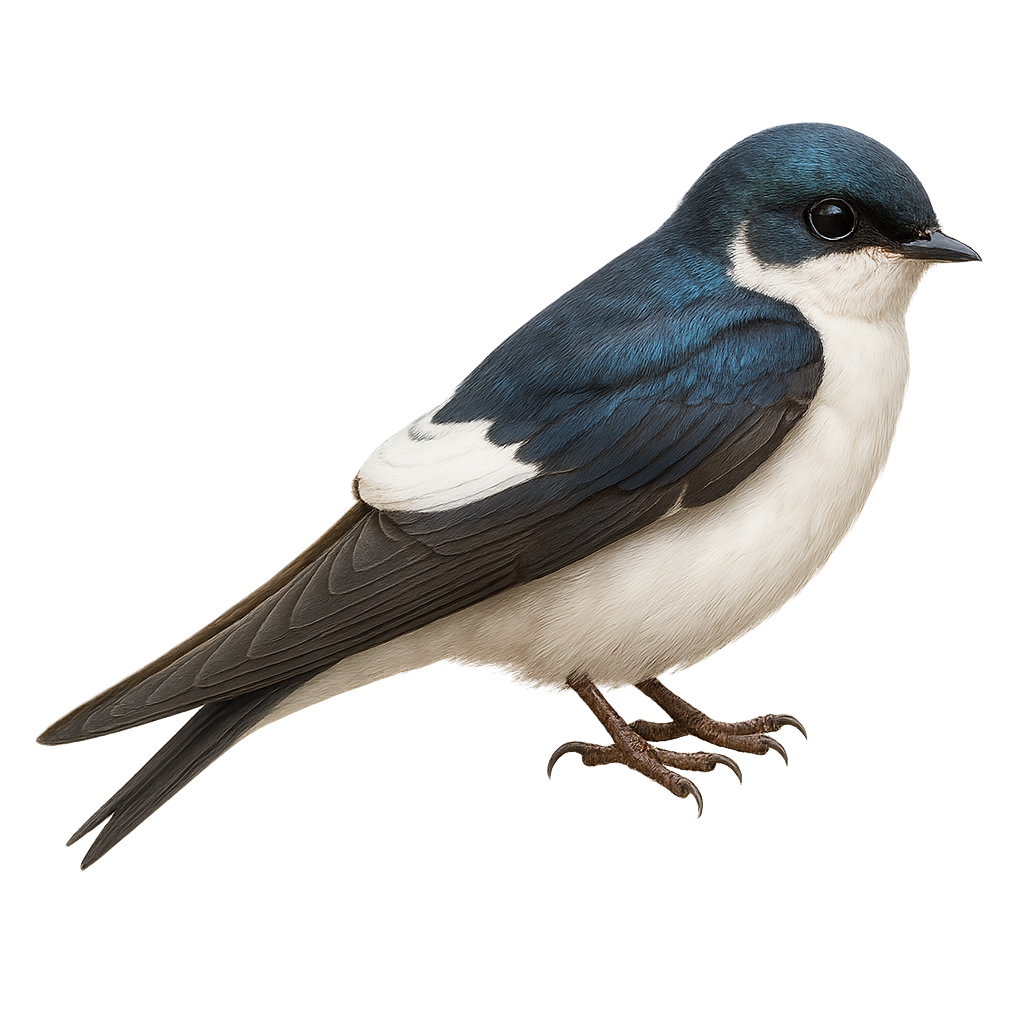Your wildlife photography guide.
Explore the white-winged swallow in detail, study its behavior, prepare your shots.
Where to observe and photograph the white-winged swallow in the wild
Learn where and when to spot the white-winged swallow in the wild, how to identify the species based on distinctive features, and what natural environments it inhabits. The WildlifePhotographer app offers tailored photography tips that reflect the white-winged swallow’s behavior, helping you capture better wildlife images. Explore the full species profile for key information including description, habitat, active periods, and approach techniques.
White-winged Swallow
Scientific name: Tachycineta albiventer

IUCN Status: Least Concern
Family: HIRUNDINIDAE
Group: Birds
Sensitivity to human approach: Suspicious
Minimum approach distance: 10 m
Courtship display: September to October
Incubation: 14-16 jours
Hatchings: September to November
Habitat:
Rivers, lakes, marshes
Activity period :
Primarily active during the day, with peak activity in the morning and late afternoon.
Identification and description:
The White-winged Swallow, Tachycineta albiventer, is a passerine bird species in the Hirundinidae family. It is easily identified by its striking plumage, featuring a metallic blue-green back and a bright white belly. This swallow is commonly found near water bodies such as rivers, lakes, and marshes in South America, where it feeds primarily on flying insects. Known for its agile and swift flight, it often moves in small groups. Although its habitat is relatively stable, it can be impacted by deforestation and water pollution. It typically nests in natural or artificial cavities, like tree holes or human structures.
Recommended lens:
400mm – adjust based on distance, desired framing (portrait or habitat), and approach conditions.
Photography tips:
To photograph the White-winged Swallow, it is advisable to use a telephoto lens of at least 400mm to capture the details of its plumage while maintaining a safe distance of 10m. Look for locations near water bodies where these birds are active. Be patient and ready to follow their swift movements. The best times to observe them are early morning or late afternoon when the light is soft. Use a tripod to stabilize your camera and achieve sharp images.
The WildlifePhotographer App is coming soon!
Be the first to explore the best nature spots, track rutting seasons, log your observations, and observe more wildlife.
Already 1 430 wildlife lovers subscribed worldwide

